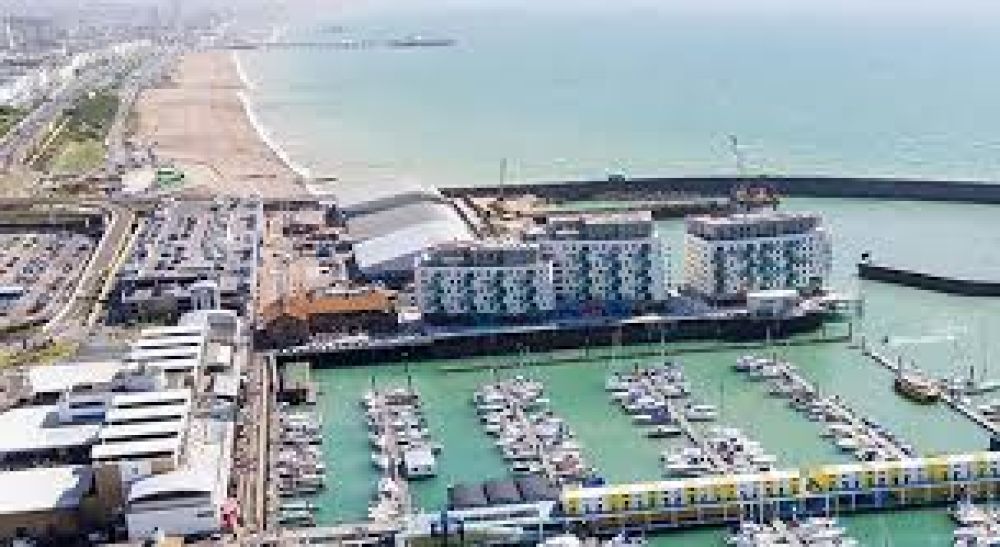

Brighton Marina holds a distinctive place in the tourism history of Brighton, a city well-known for its vibrant culture and seaside attractions. Developed during the 1970s, Brighton Marina was an ambitious project aimed at enhancing Brighton’s appeal as a coastal destination. Officially opened in 1979 by Queen Elizabeth II, the Marina was a result of efforts to revitalize the city’s economy through tourism and leisure.
In the last decades of the 20th century, the Marina flourished as a leisure hub, with its berthing facilities attracting yacht owners and sea enthusiasts from across the United Kingdom and beyond. Its initial development included a mix of entertainment, shopping, and dining establishments, which increased its allure to both local residents and tourists.
Throughout the 1980s and 1990s, the area underwent further commercial development, including the addition of a multiplex cinema, casino, and more retail spaces, firmly positioning Brighton Marina as an integral part of Brighton’s tourism sector. The Marina has not only been a draw for day-trippers from London but has also received international guests drawn to its unique combination of marina and seaside experiences.
Tourism trends in Brighton Marina have evolved over time, with recent years seeing a shift towards high-end apartment living, upscale restaurants, and a renewed focus on water-based activities. The presence of these modern amenities has made the Marina an attractive location for both leisure and lifestyle pursuits.
In keeping with contemporary tourism trends, the Marina offers a plethora of experiences that appeal to a diverse range of visitors, including water sports, luxury boat charters, and coastal walks that showcase panoramic views of the English Channel. The proximity to Brighton's city center ensures that visitors can easily combine a visit to the Marina with other cultural and historic landmarks in Brighton, such as the Royal Pavilion and Brighton Pier.
Sustainability has also become a vital aspect of tourism, and Brighton Marina contributes to this by providing eco-friendly options such as electric car charging points and advocating for cleaner marine practices. Such initiatives cater to the growing number of environmentally conscious travelers.
In conclusion, Brighton Marina's history is closely interwoven with the rise of Brighton as a premiere seaside destination. It remains a significant attraction due to its ability to adapt to the ever-changing demands of the tourism industry, ensuring its continuing popularity and relevance to both domestic and international tourists.